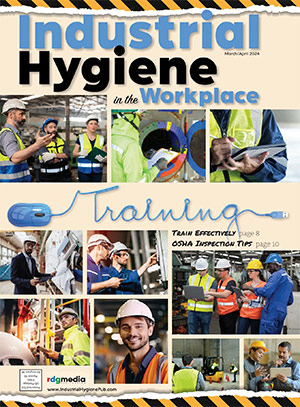Why you should care about voluntary consensus standards
Does anyone really care about ANSI/ASSP standards?
That’s a question members of ASSP’s Standards Development Committee are asked often. It’s usually accompanied by a statement citing the fact that occupational safety and health law is under OSHA’s purview.
Our short answer is “Yes, organizations that want to sustain a true safety culture care about ANSI/ASSP standards.” These organizations know that it takes more than merely complying with OSHA regulations to protect their workers and improve organizational performance. Many rely on voluntary consensus standards for the guidance they need.
“While certain regulatory entities like OSHA establish safety standards that are mandated by law, voluntary consensus safety standards are those that organizations choose to implement because of their merit, and their incorporation of the latest industry developments and recognized best practices,” says Brian Hammer, chair of the Standards Development Committee. “These standards also often address gaps when no regulatory standards exist for certain hazards.” Hammer also notes that advances in technology greatly outpace the burdensome regulatory process while the consensus standards process moves more quickly with input from the stakeholders.
The way voluntary standards are developed is a key part of why they are effective. The individual standards committees are made up of people with different backgrounds, perspectives and expertise who come together to achieve consensus on best practices for addressing certain workplace hazards. Formal recognition by the American National Standards Institute (ANSI) and/or the International Organization for Standardization (ISO) provides additional validity and credibility to the standards.
Organizations that use voluntary consensus standards recognize that the standards help them identify and eliminate risks that cause worker injuries, illnesses and fatalities. This leads to fewer workplace incidents, which leads to lower claims costs, fosters a more engaged workforce and enhances organizational reputation.
“Ultimately, voluntary consensus standards help organizations transform their safety program from a compliance-based cost center into an initiative that improves overall organizational performance and sustainability,” Hammer concludes.
Share on Socials!
Ill-fitting respirators may cause health worker skin irritation
How OSHA uses the “General Duty” clause
Oakland McDonald’s worker alleges attack by customer refusing to wear mask
Leaders in Industrial Hygiene
Council for Accreditation in Occupational Hearing Conservation (CAOHC)
Subscribe!
Sign up to receive our industry publications for FREE!










